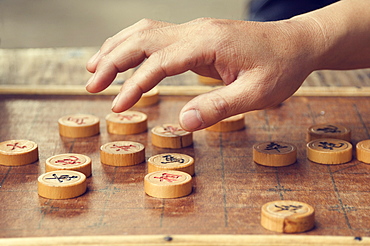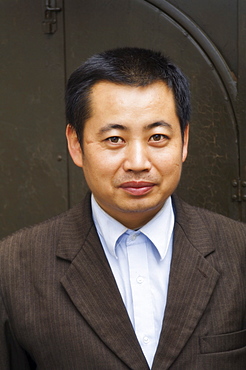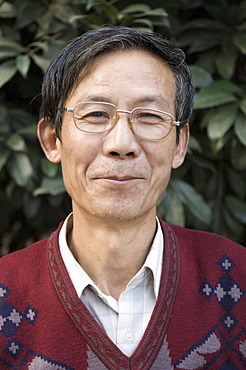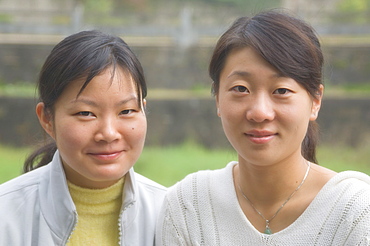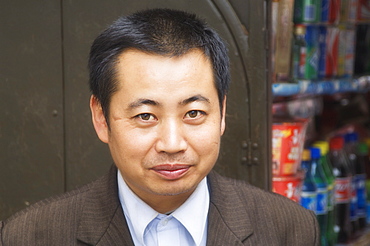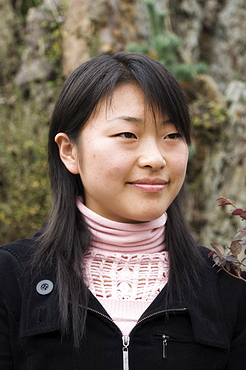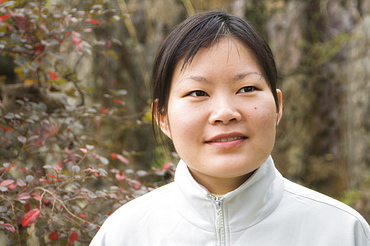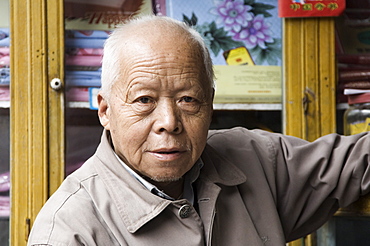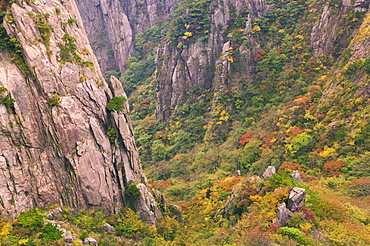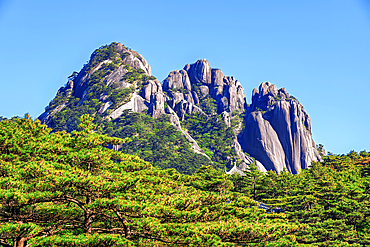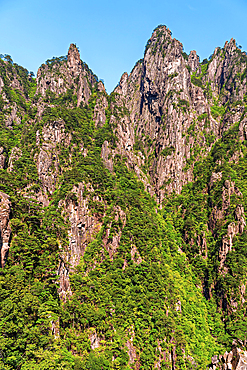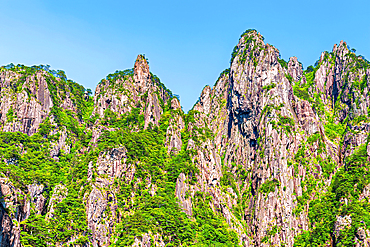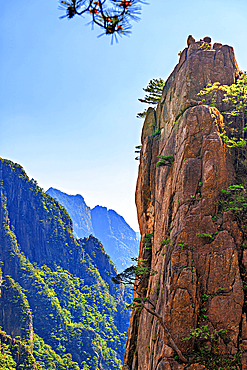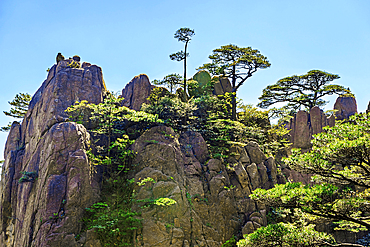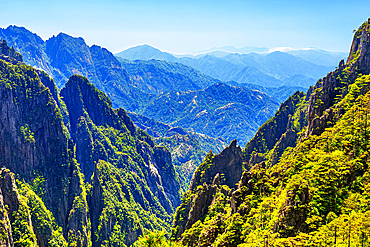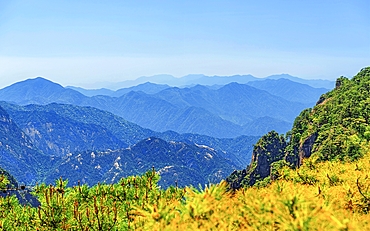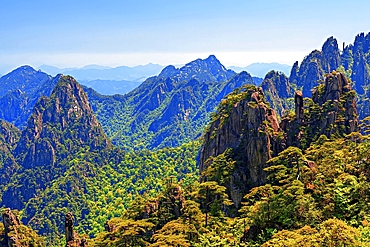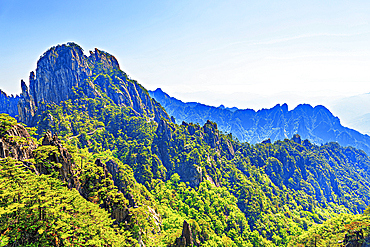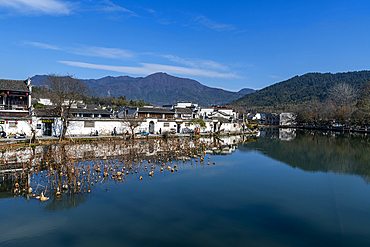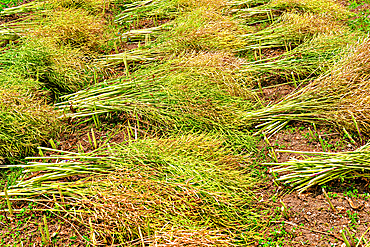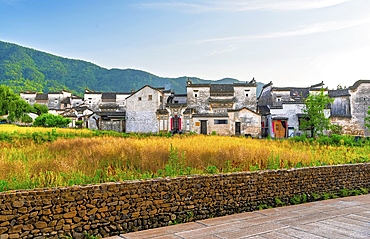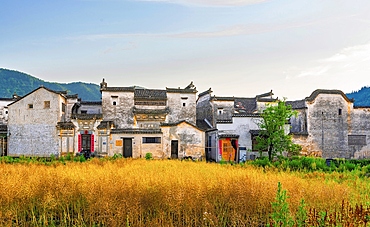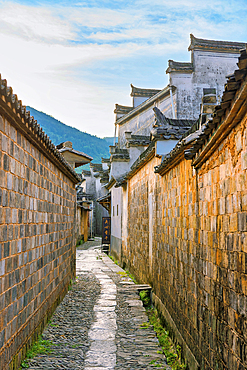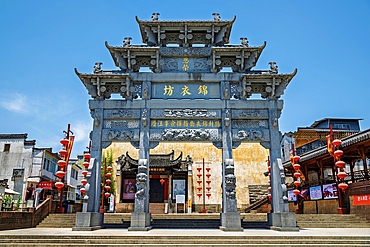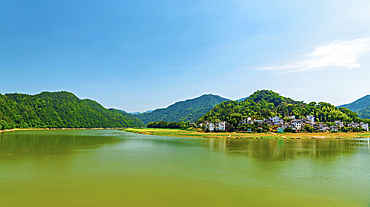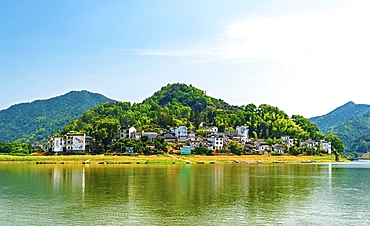Results
1 2 3 Next »
232 results found
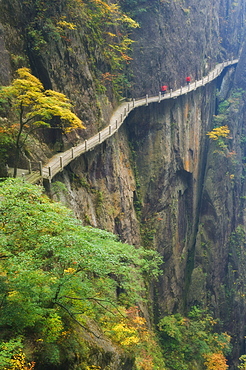
Footpath along rock face, Xihai (West Sea) Valley, Mount Huangshan (Yellow Mountain), Anhui Province, China, Asia

Pine trees, White Cloud scenic area, Huang Shan (Mount Huangshan) (Yellow Mountain), UNESCO World Heritage Site, Anhui Province, China, Asia

Silhouette of pine tree, White Cloud scenic area, Huang Shan (Mount Huangshan) (Yellow Mountain), UNESCO World Heritage Site, Anhui Province, China, Asia
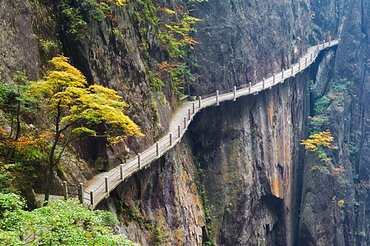
Footpath along rock face, Xihai (West Sea) Valley, Mount Huangshan (Yellow Mountain), UNESCO World Heritage Site, Anhui Province, China, Asia
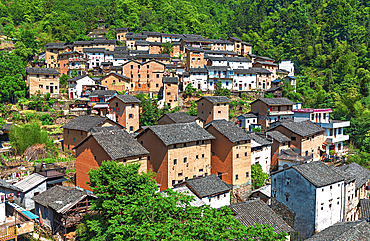
YangChan Tulou, an ancient earthen buildings village of more than 400 years nestled in the mountains in She County, Huangshan, Anhui Province, China. The oldest standing building in the village is more than 200 years old.

YangChan Tulou, an ancient earthen buildings village of more than 400 years nestled in the mountains in She County, Huangshan, Anhui Province, China. The oldest standing building in the village is more than 200 years old.

YangChan Tulou, an ancient earthen buildings village of more than 400 years nestled in the mountains in She County, Huangshan, Anhui Province, China. The oldest standing building in the village is more than 200 years old.

YangChan Tulou, an ancient earthen buildings village of more than 400 years nestled in the mountains in She County, Huangshan, Anhui Province, China. The oldest standing building in the village is more than 200 years old.
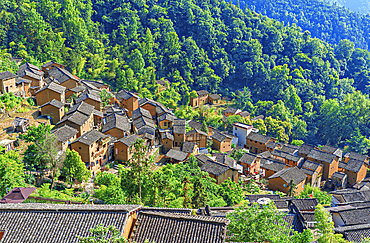
YangChan Tulou, an ancient earthen buildings village of more than 400 years nestled in the mountains in She County, Huangshan, Anhui Province, China. The oldest standing building in the village is more than 200 years old.

YangChan Tulou, an ancient earthen buildings village of more than 400 years nestled in the mountains in She County, Huangshan, Anhui Province, China. The oldest standing building in the village is more than 200 years old.

YangChan Tulou, an ancient earthen buildings village of more than 400 years nestled in the mountains in She County, Huangshan, Anhui Province, China. The oldest standing building in the village is more than 200 years old.

YangChan Tulou, an ancient earthen buildings village of more than 400 years nestled in the mountains in She County, Huangshan, Anhui Province, China. The oldest standing building in the village is more than 200 years old.

Footpath through mountain forest, Huang Shan (Yellow Mountain) (Mount Huangshan), UNESCO World Heritage Site, Anhui Province, China, Asia

Silhouette of pine tree, White Cloud scenic area, Huang Shan (Mount Huangshan) (Yellow Mountain), UNESCO World Heritage Site, Anhui Province, China, Asia
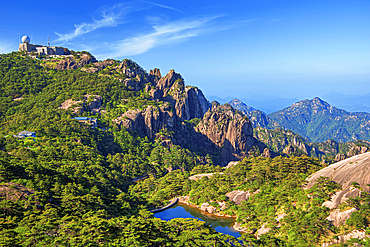
Meteorological station on Guangming Peak (top left). Huangshan (Mt Huang), UNESCO World Heritage and UNESCO Global Geopark, Anhui Province, China.

Silhouette of a cliff side pine tree. Huangshan (Mt Huang), UNESCO World Heritage and UNESCO Global Geopark, Anhui Province, China.

Stone with a face. Huangshan (Mt Huang), UNESCO World Heritage and UNESCO Global Geopark, Anhui Province, China.

Cliffside walkways and steep steps in Huangshan (Mt Huang), UNESCO World Heritage and UNESCO Global Geopark, Anhui Province, China.

Cliffside walkway in Huangshan (Mt Huang), UNESCO World Heritage and UNESCO Global Geopark, Anhui Province, China.
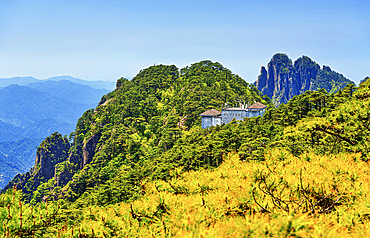
A cable car station in Huangshan (Mt Huang), UNESCO World Heritage and UNESCO Global Geopark, Anhui Province, China.
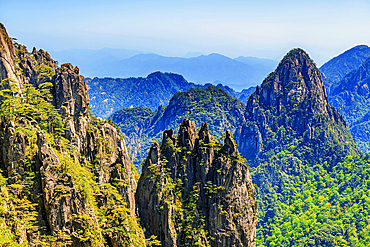
Bijia ('pen rack') peak (center) at Huangshan (Mt Huang), UNESCO World Heritage and UNESCO Global Geopark, Anhui Province, China.
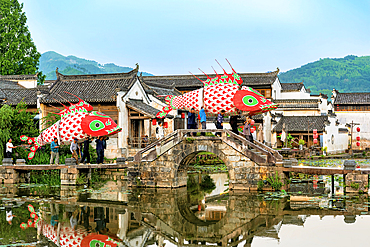
Village parade of giant fish lanterns, Chengkan Ancient Village, Huangshan City, Anhui, China. The village was established 1800 years ago by the Luo family clan. It has buildings dating as early as the Song Dynasty (960 to 1279 AD).
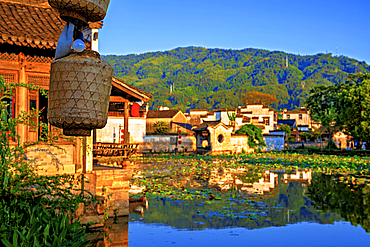
Chengkan Ancient Village, Huangshan City, Anhui, China. The village was established 1800 years ago by the Luo family clan. It has buildings dating as early as the Song Dynasty (960 to 1279 AD).
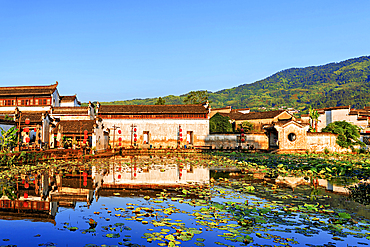
Chengkan Ancient Village, Huangshan City, Anhui, China. The village was established 1800 years ago by the Luo family clan. It has buildings dating as early as the Song Dynasty (960 to 1279 AD).
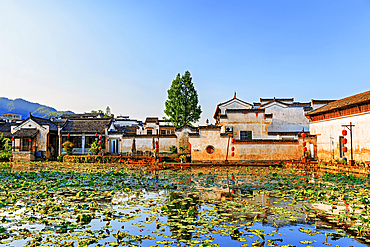
Chengkan Ancient Village, Huangshan City, Anhui, China. The village was established 1800 years ago by the Luo family clan. It has buildings dating as early as the Song Dynasty (960 to 1279 AD).
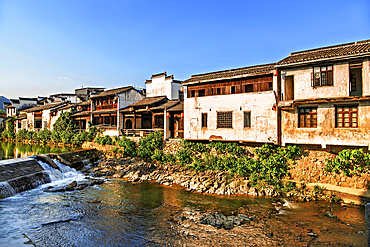
Chengkan Ancient Village, Huangshan City, Anhui, China. The village was established 1800 years ago by the Luo family clan. It has buildings dating as early as the Song Dynasty (960 to 1279 AD).
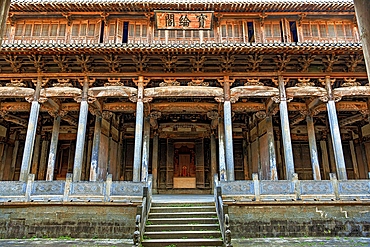
Luodongshu Ancestral Hall (built 1498), Chengkan Ancient Village. Huangshan City, Anhui, China. The village was established 1800 years ago by the Luo family clan. It has buildings dating as early as the Song Dynasty (960 to 1279 AD).
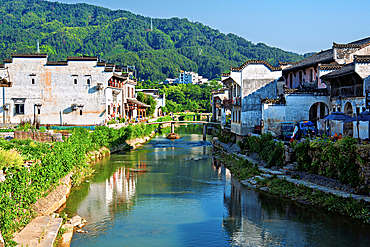
River running through Chengkan Ancient Village, Huangshan City, Anhui, China. The village was established 1800 years ago by the Luo family clan. It has buildings dating as early as the Song Dynasty (960 to 1279 AD).
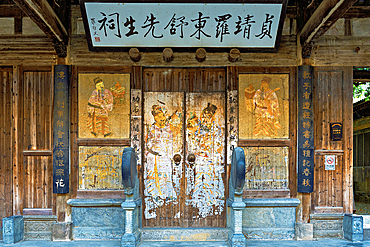
Luodongshu Ancestral Hall (built 1498), Chengkan Ancient Village. Huangshan City, Anhui, China. The village was established 1800 years ago by the Luo family clan. It has buildings dating as early as the Song Dynasty (960 to 1279 AD).
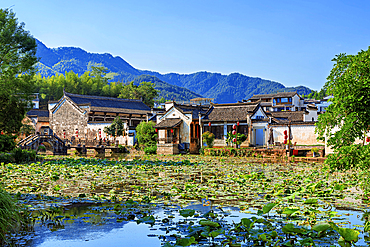
Chengkan Ancient Village, Huangshan City, Anhui, China. The village was established 1800 years ago by the Luo family clan. It has buildings dating as early as the Song Dynasty (960 to 1279 AD).
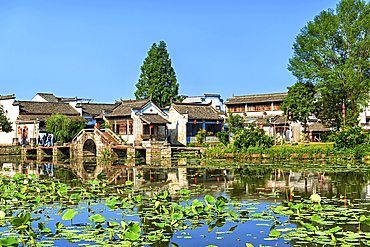
Chengkan Ancient Village, Huangshan City, Anhui, China. The village was established 1800 years ago by the Luo family clan. It has buildings dating as early as the Song Dynasty (960 to 1279 AD).
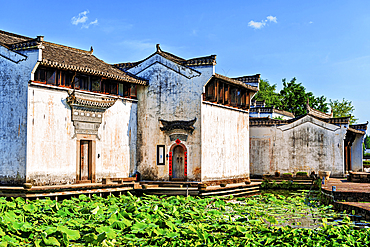
Chengkan Ancient Village, Huangshan City, Anhui, China. The village was established 1800 years ago by the Luo family clan. It has buildings dating as early as the Song Dynasty (960 to 1279 AD).
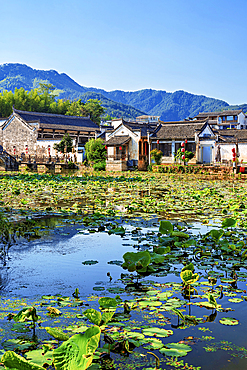
Chengkan Ancient Village, Huangshan City, Anhui, China. The village was established 1800 years ago by the Luo family clan. It has buildings dating as early as the Song Dynasty (960 to 1279 AD).
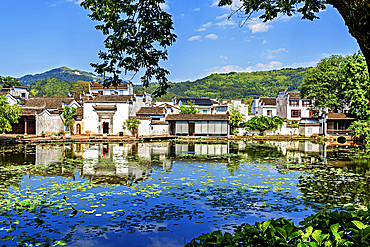
Chengkan Ancient Village, Huangshan City, Anhui, China. The village was established 1800 years ago by the Luo family clan. It has buildings dating as early as the Song Dynasty (960 to 1279 AD).
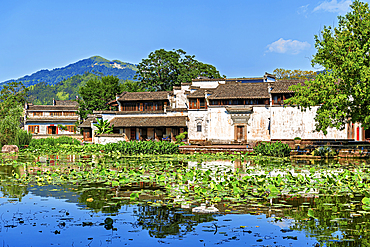
Chengkan Ancient Village, Huangshan City, Anhui, China. The village was established 1800 years ago by the Luo family clan. It has buildings dating as early as the Song Dynasty (960 to 1279 AD).
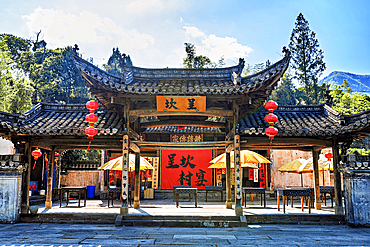
Chengkan Ancient Village, Huangshan City, Anhui, China. The village was established 1800 years ago by the Luo family clan. It has buildings dating as early as the Song Dynasty (960 to 1279 AD).
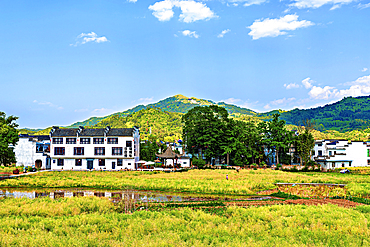
View of new buildings and farms beside Chengkan Ancient Village, Huangshan City, Anhui, China. Chengkan Ancient Village was established 1800 years ago by the Luo family clan. It has buildings dating as early as the Song Dynasty (960 to 1279 AD).
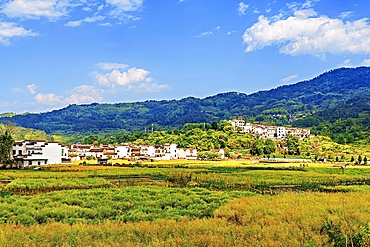
View of new buildings and farms beside Chengkan Ancient Village, Huangshan City, Anhui, China. Chengkan Ancient Village was established 1800 years ago by the Luo family clan. It has buildings dating as early as the Song Dynasty (960 to 1279 AD).
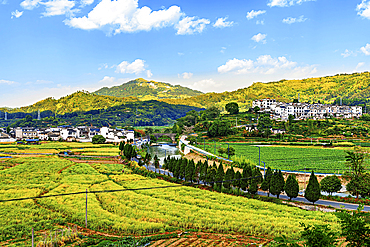
View of new buildings and farms beside Chengkan Ancient Village, Huangshan City, Anhui, China. Chengkan Ancient Village was established 1800 years ago by the Luo family clan. It has buildings dating as early as the Song Dynasty (960 to 1279 AD).
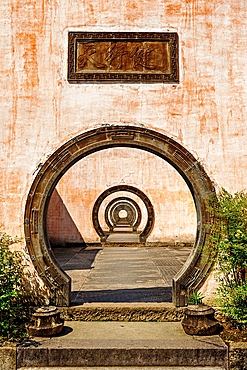
A series of outdoor circular doorways, Chengkan Ancient Village. The village was established 1800 years ago by the Luo family clan. It has buildings dating as early as the Song Dynasty (960 to 1279 AD). Huangshan City, Anhui, China.
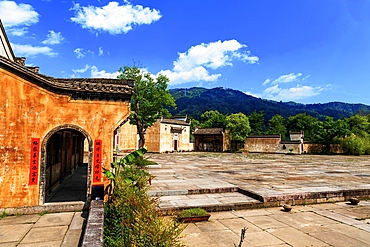
Chengkan Ancient Village, Huangshan City, Anhui, China. The village was established 1800 years ago by the Luo family clan. It has buildings dating as early as the Song Dynasty (960 to 1279 AD).
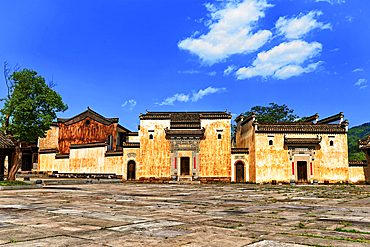
Chengkan Ancient Village, Huangshan City, Anhui, China. The village was established 1800 years ago by the Luo family clan. It has buildings dating as early as the Song Dynasty (960 to 1279 AD).
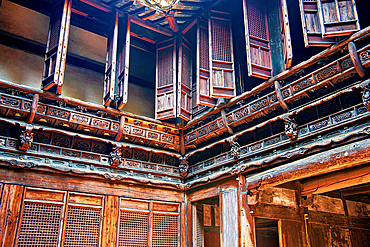
A traditional house with fine woodworks at Qiankou Residences, Huangshan, Anhui Province, China. The compound comprise Hui style residences built during the Ming and Qing dynasties (1400s-1600s) by wealthy merchants.
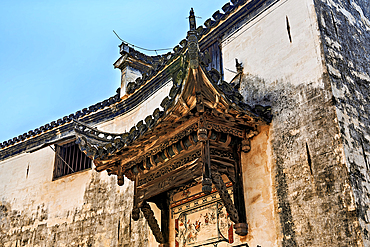
Qiankou Residences, Huangshan, Anhui Province, China. The compound comprise Hui style residences built during the Ming and Qing dynasties (1400s-1600s) by wealthy merchants.
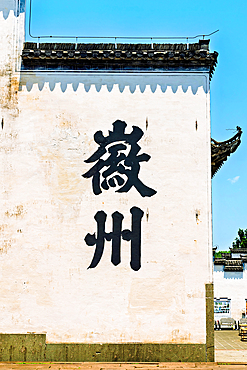
Qiankou Residences, Huangshan, Anhui Province, China. The compound comprise Hui style residences built during the Ming and Qing dynasties (1400s-1600s) by wealthy merchants.
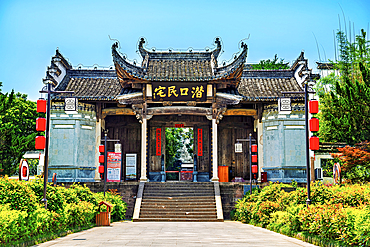
Qiankou Residences, Huangshan, Anhui Province, China. The compound comprise Hui style residences built during the Ming and Qing dynasties (1400s-1600s) by wealthy merchants.
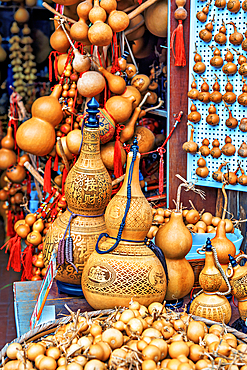
Hulus (gourd) in a shop at TunXi Ancient Street. Huangshan City, Anhui Province, China. Hulus are associated with good fortune, longevity and health, it is believed to ward off evil spirits. It is usually used to contain fluids.
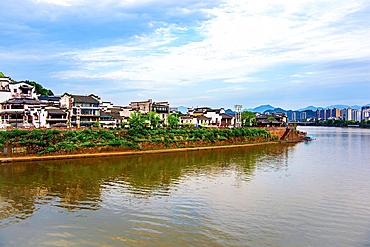
XinAn River at TunXi Ancient Street. Huangshan City, Anhui Province, China. The street existed since the Southern Song Dynasty 900 years ago.
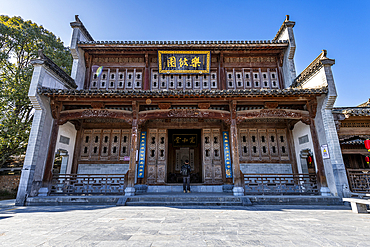
Old trade house, Hongcun historical village, UNESCO World Heritage Site, Huangshan, Anhui, China, Asia
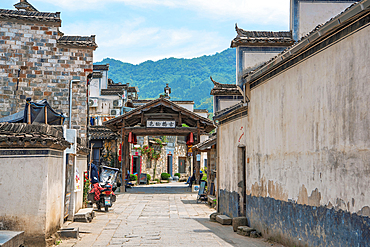
Pingshan Ancient Village, Huangshan City, Anhui, China. This millennia old village still retains many historic buildings from the Ming and Qing Dynasty era.
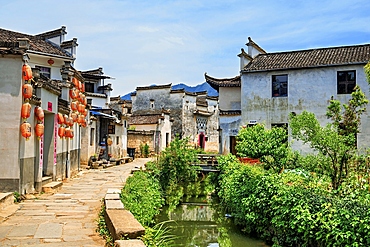
Pingshan Ancient Village, Huangshan City, Anhui, China. This millennia old village still retains many historic buildings from the Ming and Qing Dynasty era.
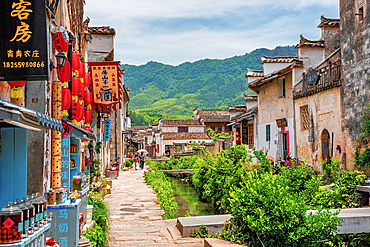
Pingshan Ancient Village, Huangshan City, Anhui, China. This millennia old village still retains many historic buildings from the Ming and Qing Dynasty era.
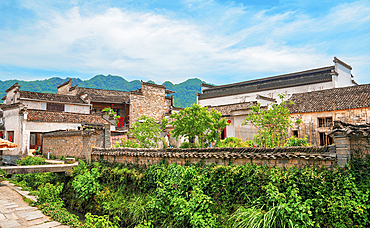
Pingshan Ancient Village, Huangshan City, Anhui, China. This millennia old village still retains many historic buildings from the Ming and Qing Dynasty era.
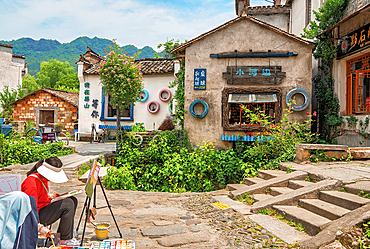
A student painting in Pingshan Ancient Village, Huangshan City, Anhui, China. This millennia old village still retains many historic buildings from the Ming and Qing Dynasty era.
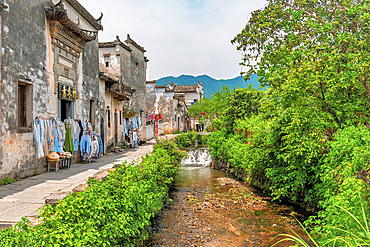
Pingshan Ancient Village, Huangshan City, Anhui, China. This millennia old village still retains many historic buildings from the Ming and Qing Dynasty era.
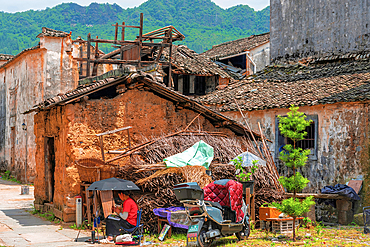
A student painting in Pingshan Ancient Village, Huangshan City, Anhui, China. This millennia old village still retains many historic buildings from the Ming and Qing Dynasty era.
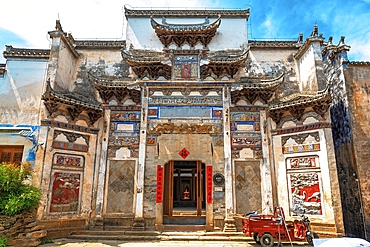
Shu GuangYu Hall (built mid-1700s) is the main ancestral hall of the Shu family, founding clan of Pingshan Ancient Village. Pingshan Ancient Village, Huangshan City, Anhui, China.
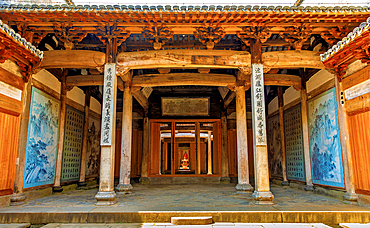
Shu GuangYu Hall (built mid-1700s) is the main ancestral hall of the Shu family, founding clan of Pingshan Ancient Village. Pingshan Ancient Village, Huangshan City, Anhui, China.
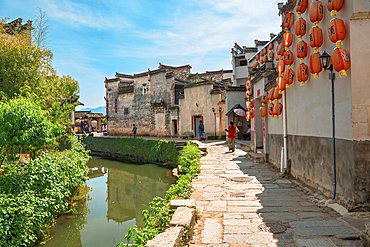
Pingshan Ancient Village, Huangshan City, Anhui, China. This millennia old village still retains many historic buildings from the Ming and Qing Dynasty era.
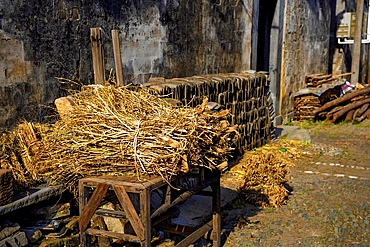
Bundle of dried rapeseed stalks at a village home in ShiTing Village, Huangshan City, Anhui, China. The stalks are used as firewood.
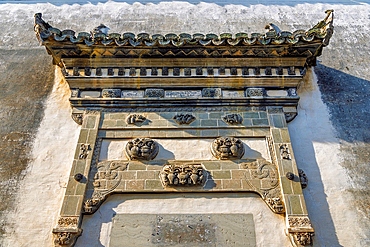
Exquisite heritage decorative stone carvings on the doorway of a village home in ShiTing Village, Huangshan City, Anhui, China. This is one of many ancient villages in Huangshan.
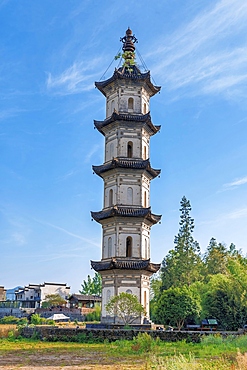
Yunmen Pagoda, Bishan Village, Huangshan City, Anhui, China. The 36.4m pagoda was built in 1782 and is under cultural protection.
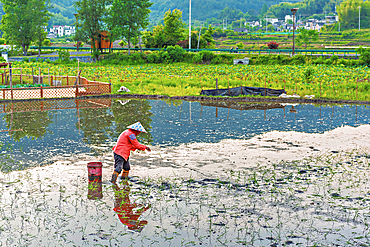
Farmer planting crops by tossing seedling into the field. Guanglu Ancient Village, Huangshan City, Anhui, China
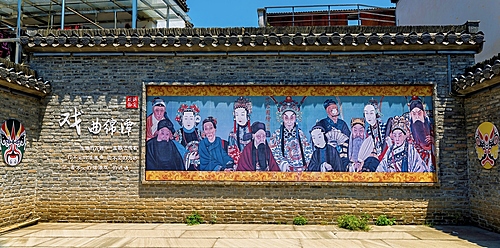
A mural of Chinese opera in MianTan Village, Huangshan, Anhui Province, China. The fishing and agriculture village has a history of more than 2000 years.
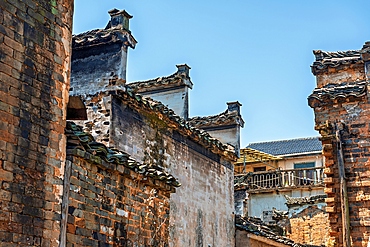
MianTan Village, Huangshan, Anhui Province, China. The fishing and agriculture village has a history of more than 2000 years.
